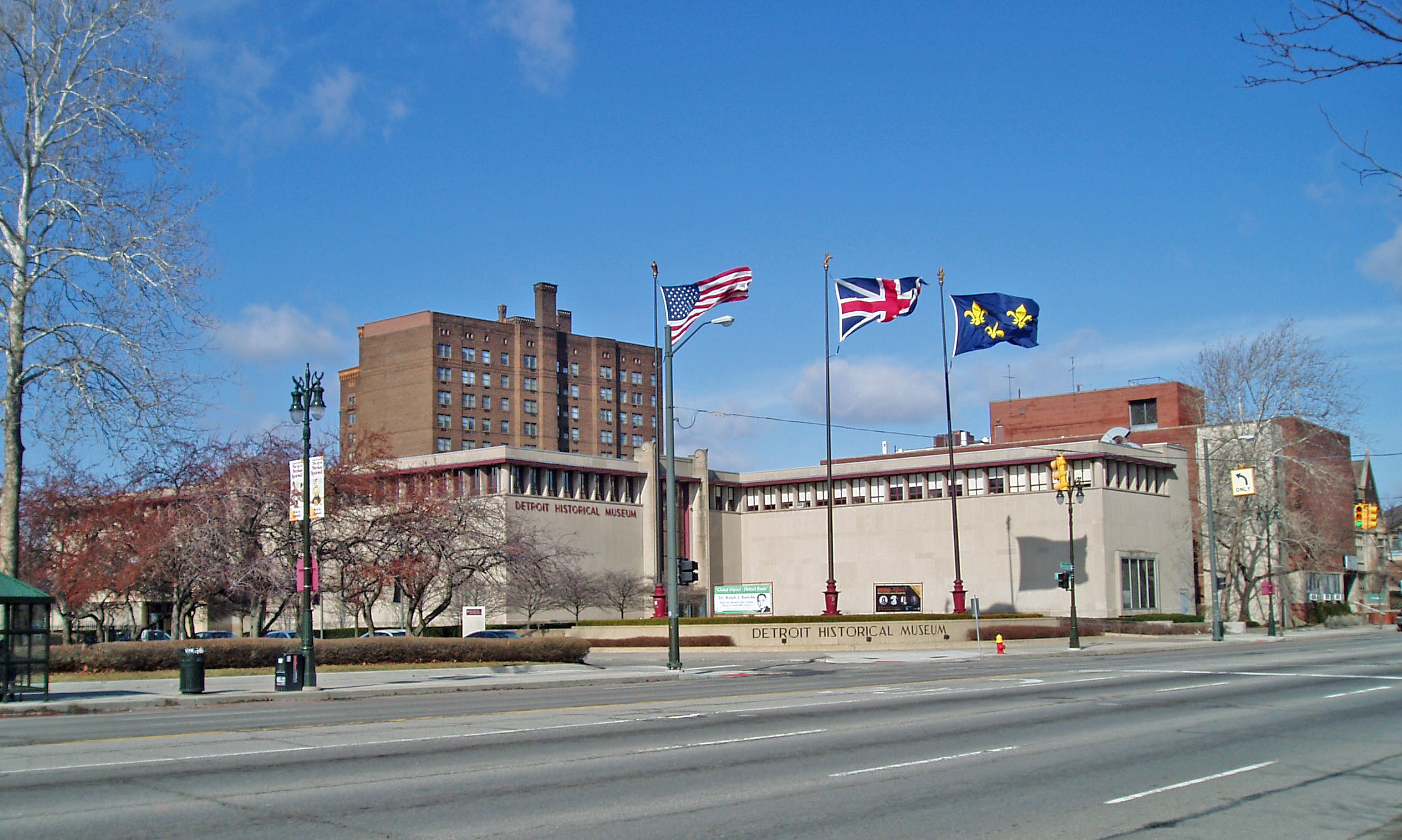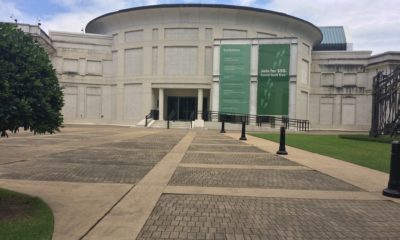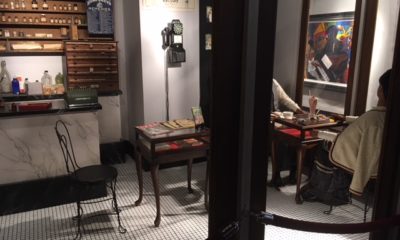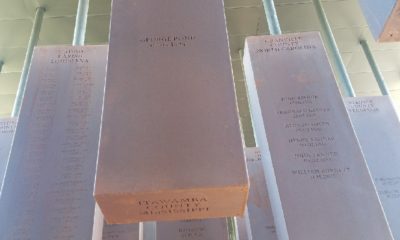7 Summer Sites
Detroit Historical Museum: The Story of a City Through Generations

Alberta Asmar already knew the answer before she asked the question. After all, she had asked it more than once before.
“For your birthday would you want a present or to spend the day with me?”
Her three nephews, second and third-graders, all gave the same answer: they wanted the fun day. Their aunt usually planned a fun mystery trip. This time, she took them to the Detroit Historical Museum.
Asmar, who was then in her 20s, had never been to the museum. Still, she had heard that it was offering a class to teach children how to make paper airplanes and she knew her nephews would like that. But what they learned was so much more.
“It was very nice, very friendly, very family-oriented,” Asmar said. “It still is.”
Aside from fun and educational activities like bus tours around the city and workshops for children, Asmar and her nephews took in the exhibits. The museum has an auto assembly line, toy trains and a fur trading post from the 1700s.
But for them, the most interesting one was the cobblestone streets and 19th century stores on the museum’s lower level.
The Streets of Old Detroit, is perhaps the most popular permanent exhibit at the museum, according to Sarah Murphy, the Detroit Historical Society’s marketing director.
The Detroit Historical Museum, which was founded in 1928 by the Detroit Historical Society, chronicles 300 years of the region’s history. Last year, they had 103,000 visitors, 43,000 of them during the summer, Murphy said. Most of the visitors are from the Detroit Metro Area such as Wayne, Oakland and Macomb counties, she said.
The Streets of Old Detroit is one of the museum’s 11 large permanent exhibitions. Among them are America’s Motor City, which shows how Detroit built cars and became the motor city. And Doorway to Freedom – Detroit and the Underground Railroad, which reveals how Detroit was a pivotal part of the Underground Railroad. By using an informal network of safe houses, those connected helped enslaved blacks who had run away from a plantation. They also adapted the language of the railroads to keep their mission a secret.
Still, the museum’s “most beloved signature exhibit,” is the Streets of Old Detroit, which shows a series of shops that depict the city’s transformation from rural frontier town to industrial giant in three eras: the 1840s, 1870s, and 1900s.
“The streets used to be made of bricks,” Asmar said. “There is an old barbershop, an old bakery with mannequins dressed in the time period with long dresses. The children loved that. It’s the way Detroit used to look at the turn of the century or before.”
The museum is also showing six temporary exhibits on its three floors. Its most popular temporary exhibits are The Year of the Tiger: 1968, which celebrates the year the Detroit Tigers won the World Series, and their award-winning exhibit, Detroit 67: Perspectives, which begins by looking at the complex factors that took place across metropolitan Detroit during the 50 years prior to 1967, followed by a review of the unrest that occurred between July 23 and Aug. 1, 1967.
The 1967 Detroit Riot, also known as the 12th Street riot, was the bloodiest race riot that year. Composed mainly of confrontations between African Americans and police, it began in the early morning hours of Sunday, July 23 with a police raid of an unlicensed, after-hours bar. It then exploded into one of the deadliest and most destructive riots in American history. It lasted five days and in the end 16 people were killed and 453 people were injured.
The narrative of the exhibition, on display through 2019, concludes by offering a perspective on what lies ahead and challenges the community to use what they have learned over the past 100 years to help create a future for Detroit that is filled with opportunities for all.
“Our connections and commitment to one another are strengthened when we share our stories,” said Rebecca Salminen Witt, the Society’s Chief Development and Communications Officer.
“Our mission at the Detroit Historical Society is to tell Detroit’s stories and why they matter, and as the only organization dedicated to ensuring that the history of our region is preserved so that current and future generations of Detroiters can better understand the people, places and events that helped shape our lives, we are proud that the Detroit Historical Museum is a safe and welcoming space for the critical conversations that shape our community and inspire our future.”
The museum, which is funded through a combination of support from the city of Detroit and corporate and foundation grants, has 50 employees and 80 volunteers, Murphy said.
After their trip, whenever her nephews see Asmar again, they asked when they could go back to the museum.
“’Are we going today?’” Asmar said, repeating their question.
Years later, Asmar who works as secretary of the Michigan Labor History Society, went back to the museum with her oldest nephew and his young son.

-

 Featured10 months ago
Featured10 months agoCalifornia Is the First State to Create A Public Alert for Missing Black Youth
-

 Featured10 months ago
Featured10 months agoAfrican American Leaders Stay the Course Amid Calls for President Biden To Bow Out of Race
-

 Featured10 months ago
Featured10 months agoThe Debate Fallout Lands on Both Candidates
-

 Featured9 months ago
Featured9 months agoPresident Joe Biden Decides to Withdraw from the Presidential Race
-

 Featured9 months ago
Featured9 months agoIn One of His Final Speeches as President, Biden Says It’s Time for ‘Fresh Voices’
-

 Featured10 months ago
Featured10 months agoPresident Joe Biden Describes Shooting of Donald Trump As ‘Sick’









